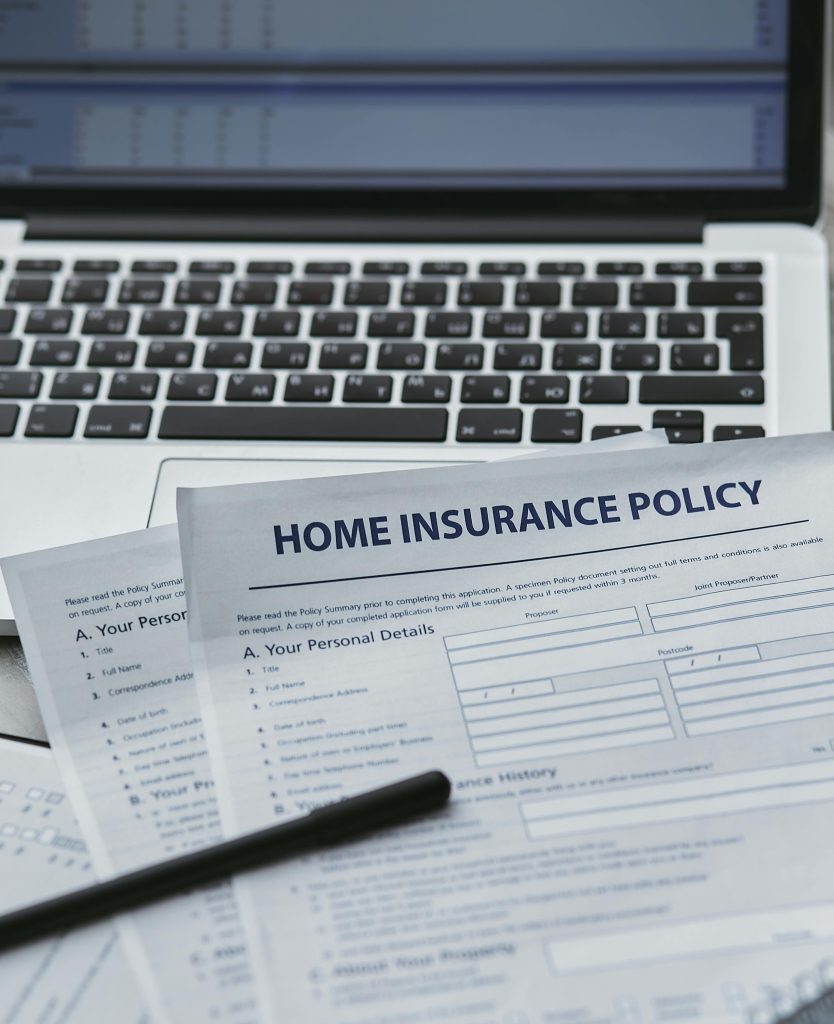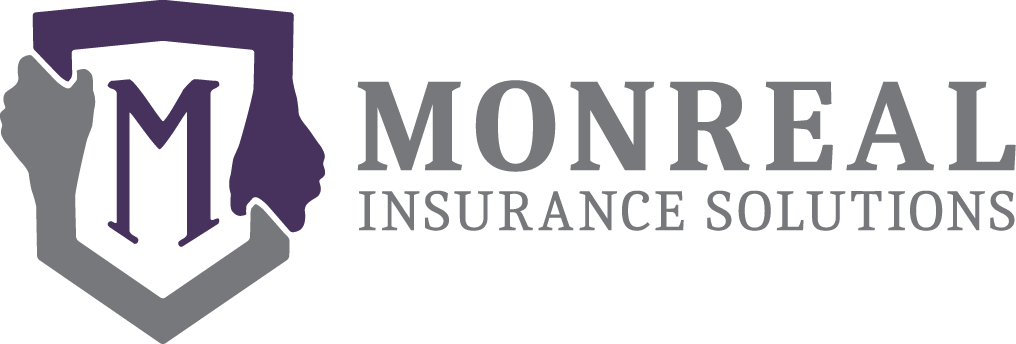
When disaster strikes, it doesn’t just shake the ground, flood your living room, or set the skies on fire — it shakes your finances too. Natural disasters in the U.S. are becoming more frequent, more severe, and more expensive. And while you can’t stop a hurricane, wildfire, or earthquake from happening, you can protect your assets with the right insurance coverage.Let’s break down the most common U.S. natural disasters, their financial impact, and how insurance can save you from a financial meltdown.
Floods: The Silent (and Soaking) Threat
Flooding is one of the most common and costly disasters in the U.S. According to FEMA, just 1 inch of water can cause over $25,000 in damage to your home. Yet, a shocking number of people don’t realize their standard homeowners policy does not cover flood damage.
- Only about 30% of homes in high-risk flood zones carry flood insurance. That leaves millions vulnerable.
- Flood recovery is often the longest and most expensive of all natural disasters.
Insurance takeaway: Homeowners and business owners need a separate flood insurance policy (through NFIP or private carriers). Don’t wait until your sofa is floating.
Hurricanes: Two Disasters in One
Hurricanes are financial double-whammies because they bring both wind damage and flooding.
- Homeowners insurance usually covers wind damage, but flood coverage is excluded.
- In 2024, the U.S. had 27 separate billion-dollar weather disasters, totaling about $182.7 billion in damages — with hurricanes being a major contributor.
Insurance takeaway: If you live in hurricane-prone areas, make sure you’re covered for both wind and flood. Otherwise, you’re only insuring half the storm.
Wildfires: Fast, Fierce, and Expensive
Wildfires have become an annual headline, especially in California and the West.
- Climate change has made wildfire seasons longer and more destructive.
- Many insurers are reducing coverage or exiting wildfire-prone ZIP codes, making it harder to find protection.
Insurance takeaway: Review your policy for wildfire endorsements, extended dwelling coverage, and Additional Living Expenses (ALE) — coverage that pays for hotel or rental costs if you’re forced to evacuate.
Earthquakes: The Overlooked Gap
If you live in California or other quake-prone states, you’re literally on shaky ground. Yet, only about 10–15% of California homeowners carry earthquake insurance.
- Earthquake insurance is a separate policy, often with a deductible ranging from 2%–20% of the property’s value.
- Without it, most people would need to rely on loans or personal savings after a quake.
Insurance takeaway: Don’t assume you’re covered. If your home decides to “do the wave,” earthquake insurance keeps your finances steady.
Small Businesses & Commercial Property: The Cost of Downtime
It’s not just homes that take the hit — businesses can lose everything without proper coverage.
- According to NOAA, natural disasters cause billions in insured and uninsured losses every year.
- The physical damage is only part of it — business interruption (lost income, payroll, rent, utilities) can cripple operations.
Insurance takeaway: Commercial property owners and small businesses should carry:
- Business Interruption (BI) coverage
- Extra Expense coverage
- Contents vs. building coverage
- Contingent coverage if suppliers or partners are disrupted
Your business card should never read: “Temporarily closed… forever.”
The Bottom Line
Natural disasters aren’t just “acts of God.” They’re acts of financial devastation — unless you’re prepared. The good news? With the right insurance plan, you can protect your home, business, and future.
At Monreal Insurance Solutions, we specialize in tailoring coverage that fits your risk — whether it’s fire, flood, quake, or storm.
For more info, text or call Monreal Insurance Solutions (909) 757-1311.
